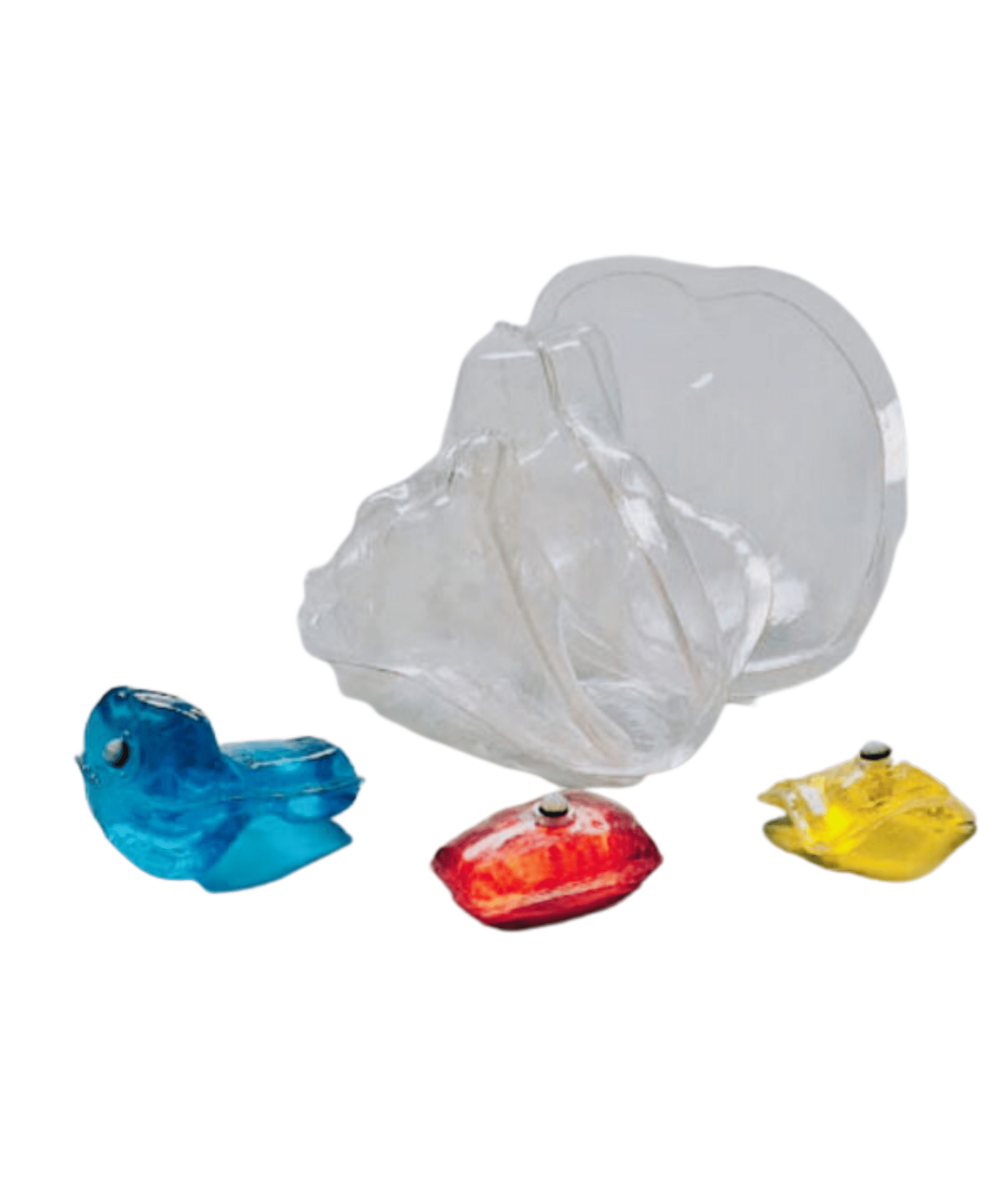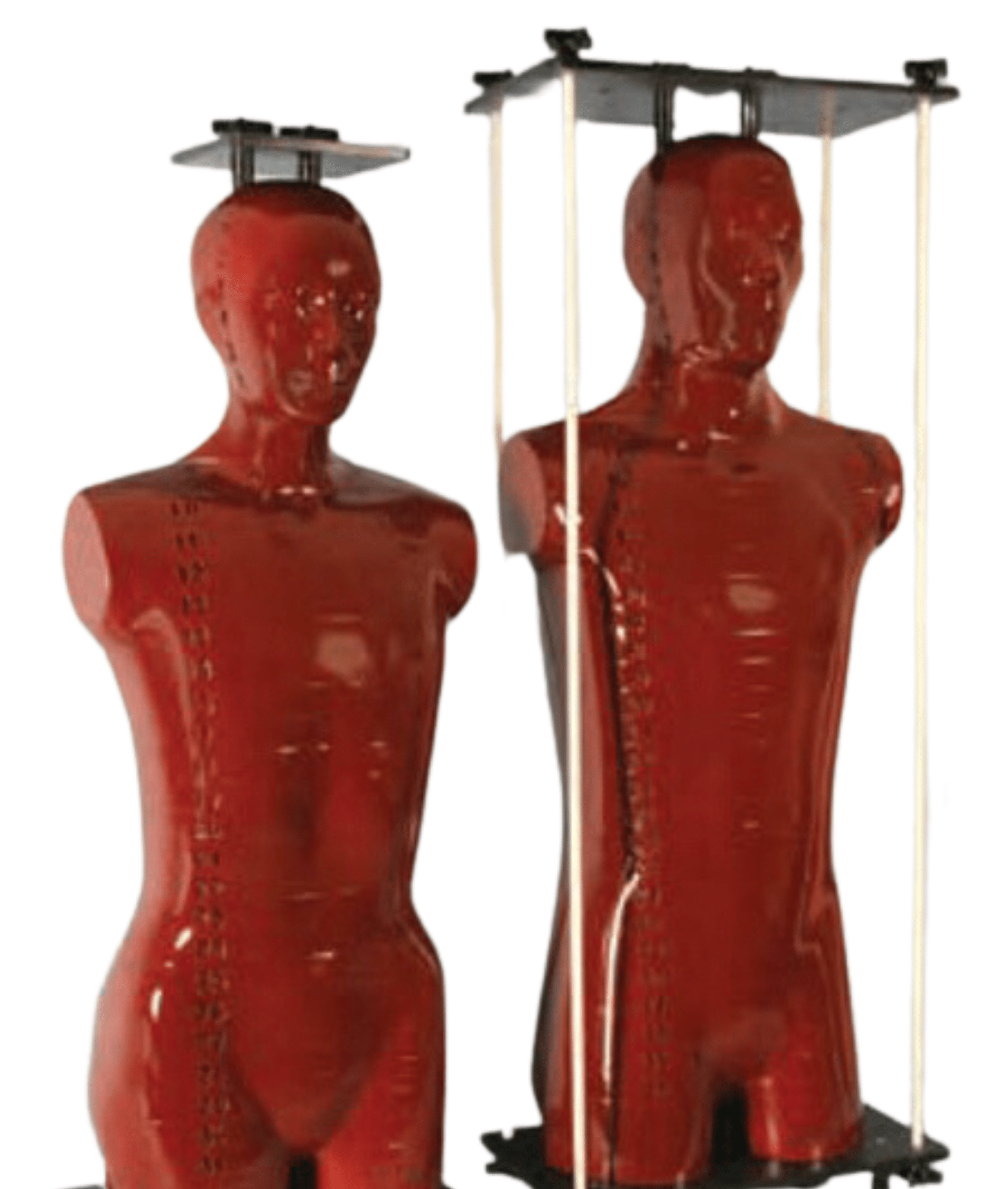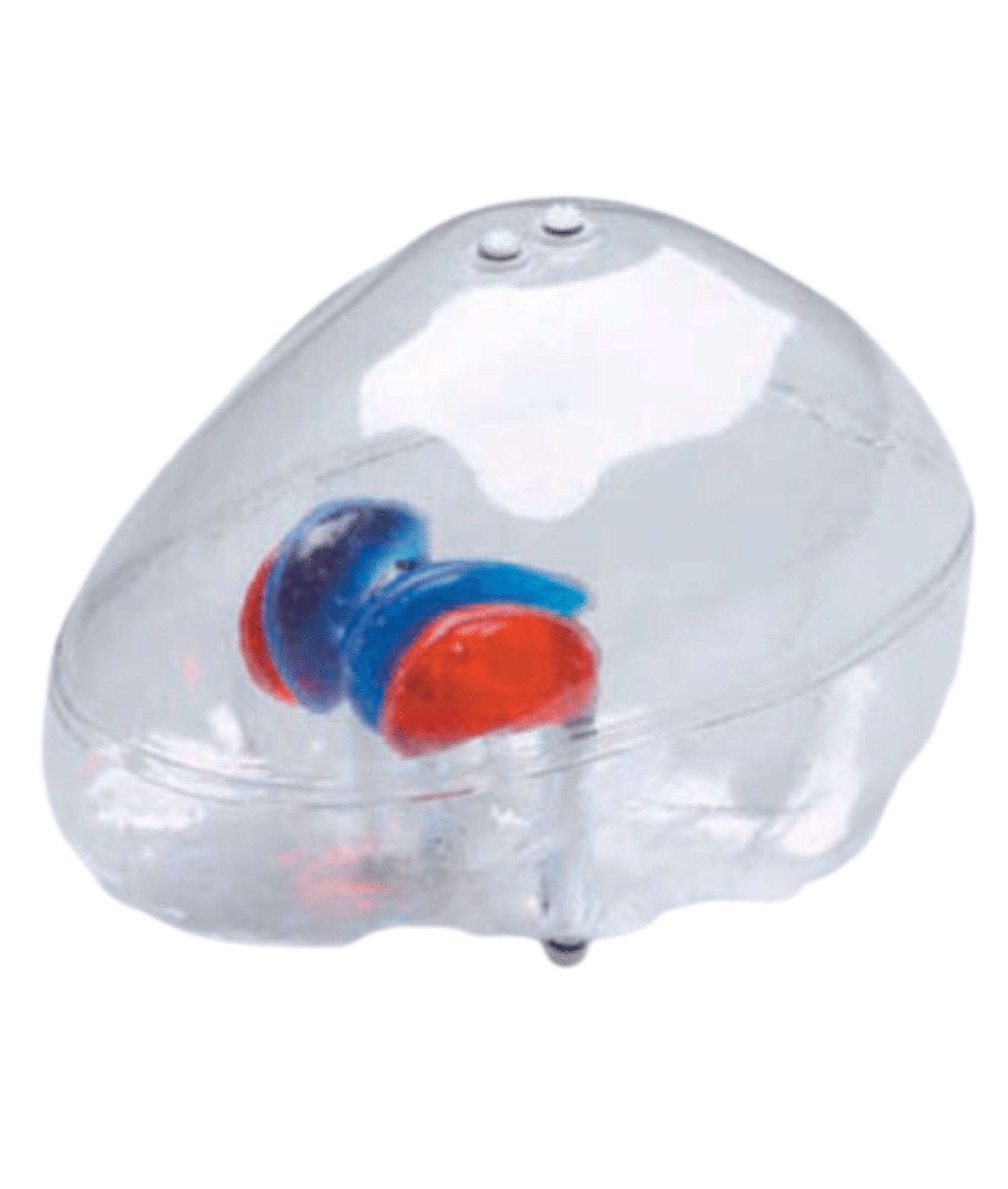Description
Dosimetry in the Spherical Phantom
When the center of the sphere is used as the target for testing the treatment unit, it must indicate the relationship between the point of maximum dose and the target. These should closely coincide for an accurate system.A three-dimensional dosimetry cylinder at the center of the sphere measures both the deviation of the maximum dose from the target and the gradient of the dose along the three orthogonal axes of the sphere.
The TLD dosimetric cylinder is a stack of dry-water disks of 44 mm in diameter. Seven of the disks have concentric rings of holes for TLD rods, 1 mm in diameter and 3 mm long. Disk #4 is in the central plane of the cylinder. A smaller target disk is at the center of this disk. It has a Hounsfield number of about 130 for visibility in a CT scan.
The disks are assembled tightly by two nylon rods and round, blind nuts, which locate the cylinder precisely, linearly and angularly, in both sphere and head.
The Film Dosimetric Cylinder
This is an optional cylinder, interchangeable with the TLD cylinder. It is built up of 11 film disks and 12 dry-water disks with the same nylon assembly rods and blind nuts.A simple fixture is supplied so the user can punch the film disks from film sheets.
Standard Cone
Optional Cone
Applications
- Homogenous dry water phantom with precise spherical shape, 16 cm diameter
- Displacement of maximum dose from center of sphere shows degree of accuracy and stability of the system
- Checks the dose-calculation algorithm for a homogenous sphere
Modalities
- Intensity-Modulated Radiation Therapy (IMRT)
- Stereotactic Body Radiation Therapy (SBRT)
- Gamma Knife
- CyberKnife
- CT
- Cone Beam CT





































